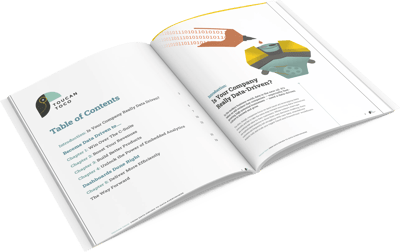Data Cleaning - What is it ?
Data Cleaning is a process of "cleaning" the data before analyzing it. It involves modifying or deleting incorrect, incomplete, irrelevant, corrupted, duplicated or badly formatted data from the dataset.
Indeed, when collecting data from multiple sources, data can quickly become mislabeled or duplicated within the same set. Similarly, manually entered data can contain errors and inaccuracies.
These data should be removed from the dataset, as they are usually neither necessary nor useful in the analysis process. Worse yet, they may distort the results and affect the accuracy of the results. Therefore, the quality of the results depends on the quality of the data.
Data Cleaning may involve deleting some data, but this is not always the case. It can also involve correcting syntax or spelling errors, or structural errors such as empty fields. Duplicate data should also be identified.
There are different methods for data cleansing, and the process varies from dataset to dataset. Whichever method is chosen; however, the goal is to maximize the relevance and accuracy of the dataset.
Quality data must be valid, accurate, complete, consistent and uniform. During the clean-up process, it is also important to identify where errors come from to avoid replicating them later.
Once the Data Cleaning operation is complete, it is important to check that the dataset is completely cleaned. This can be done by reviewing it and making sure that the data makes sense and can be analyzed to find the information you are looking for.
Data Warehouses use Data Cleaning to optimize data from multiple sources before analysis. The platform will scan millions of data points to ensure that they are cleaned before being transferred to a database, table or other structure.
Similarly, more and more companies are turning to Data Cleaning to optimize data collected from their customers through questionnaires, surveys or forms. This involves ensuring that the data is entered in the appropriate field, that it is not invalid, and that no information is missing.
This process also creates uniform data sets that are easier to process for Business Intelligence tools. Data Cleaning is considered an essential part of data analysis, but also of the training of Machine Learning algorithms.



